Neon Tetras are popular for their vibrant colors and peaceful nature, but like all fish, they are prone to certain diseases. Understanding these illnesses and their treatments is crucial to keeping your Neon Tetras healthy. This guide covers common Neon Tetra diseases, symptoms, and effective treatment options.
There is no definitive cure for NTD. Infected fish should be quarantined immediately to prevent the disease from spreading. Maintain water quality and avoid overcrowding to reduce stress on healthy fish.
Blue Panda Guppies are a captivating addition to the world of guppy varieties, known for their unique coloration and peaceful demeanor. But how do the
Java Moss (Taxiphyllum barbieri) is a favorite among aquarists for its hardiness, versatility, and lush green appearance. However, even this low-maint
If you're keeping shrimp in your aquarium, Java Moss (Taxiphyllum barbieri) can be one of the best additions to their environment. Not only is it visu
Creating a rich green carpet in your aquarium doesn’t have to be difficult—especially when using Java Moss. Known for its adaptability and charm,
Introduction: Nature’s Tiny Powerhouse If you're looking to create a low-maintenance, eco-friendly aquarium, Java Moss is one of the best plants yo
Maintaining high water quality is crucial in angelfish farming, as poor water conditions can lead to stress, disease, and even death. By monitoring an
Maintaining a healthy aquarium for your guppy fish is essential to ensure their well-being and longevity. Guppies are popular among both beginner and
Blue Panda Guppies are beautiful, vibrant fish, but like all guppies, they are susceptible to various diseases. Ensuring their health involves underst
Blue Dragon Guppies are stunning additions to any aquarium, but they can be susceptible to diseases if their environment and care are not optimal. Und
Breeding Neon Tetras can be a rewarding experience for aquarists, but it requires careful planning and attention to detail. These small, colorful fish
Orchid farming can be an enjoyable and profitable venture when you know the right techniques. Whether you're growing orchids for personal enjoyment or
Guppy fish farming is a rewarding venture that requires careful planning, efficient management, and proper care to ensure success. Whether you're a ho

Price: N/A

Price: N/A

Price: N/A
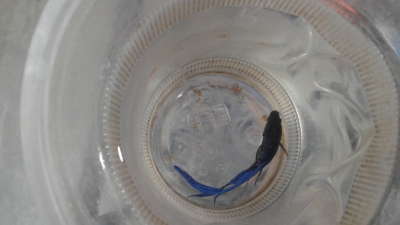
Price: N/A
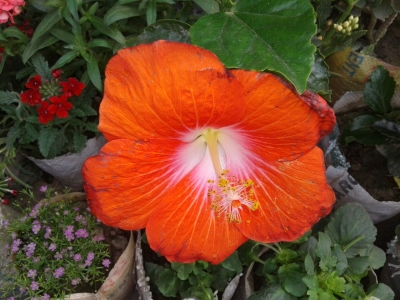
Price: N/A
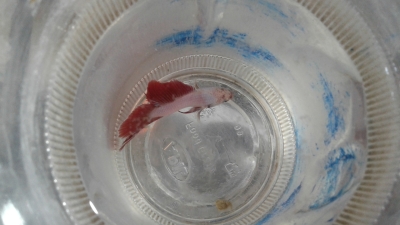
Price: N/A

Price: N/A

Price: 500 Tk
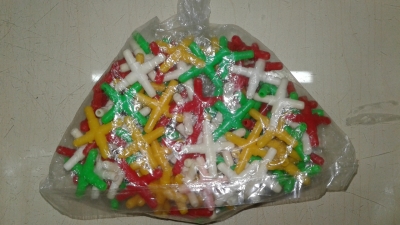
Price: N/A
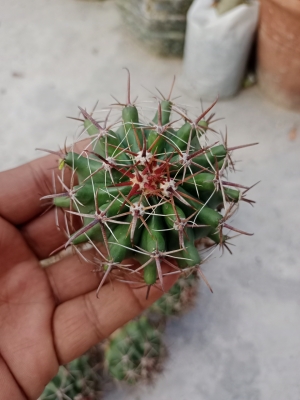
Price: 150 Tk